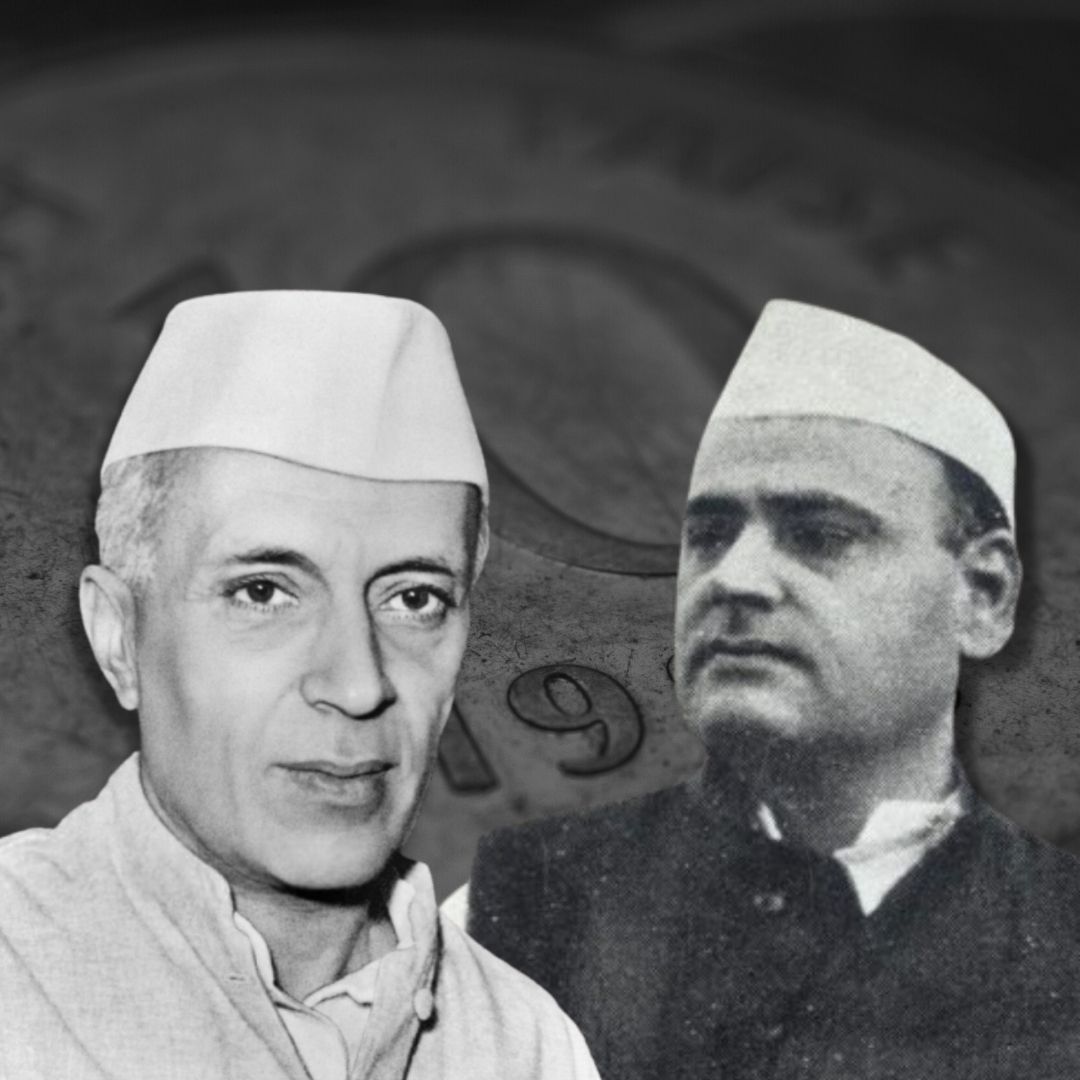International Anti-Corruption Day: Looking Back At Independent India's First Big Financial Scam 'Mundhra Scandal'
Writer: Snehadri Sarkar
While he is a massive sports fanatic, his interest also lies in mainstream news and nitpicking trending and less talked about everyday issues.
India, 9 Dec 2021 9:23 AM GMT
Editor : Ankita Singh |
A literature lover who likes delving deeper into a wide range of societal issues and expresses her opinions about the same. Keeps looking for best-read recommendations while enjoying her coffee and tea.
Creatives : Snehadri Sarkar
While he is a massive sports fanatic, his interest also lies in mainstream news and nitpicking trending and less talked about everyday issues.
The significance of International Anti-Corruption Day is to highlight the part of every aspect of society - non-governmental organisations, individuals, governments and media persons, law enforcement — in acting against the issue of corruption.
Every year December 9 is observed globally as the International Anti-Corruption Day to raise awareness against corruption and also on the different ways to combat this global issue. The significance of the day is to highlight the part of every aspect of society - non-governmental organisations, individuals, governments and media persons, law enforcement — in acting against the issue of corruption.
Corruption is easily one of the biggest global problems that no nation is immune to, as per the United Nations (UN). According to a report in Firstpost, the global cost of corruption is approximately five per cent of the world's Gross Domestic Product or nearly USD 2.6 trillion. Prohibiting corruption is key for society as it will assist people to attain better access to healthcare and many other key essential services while promoting democratic, stable institutions.
Looking Back At India's First Financial Scam
On the occasion of International Anti-Corruption Day, we roll the clock back to 1957 when Independent India's first big financial scam took place known as the Mundhra Scandal.
A Calcutta-based industrialist and stock speculator by the name of Haridas Mundhra got the government-owned Life Insurance Corporation (LIC) to invest Rs 1,26,86,100 in the shares of his six troubled companies. The above-mentioned investment was done without consulting LIC's investment committee and under governmental pressure, as per numerous reports.
Feroze Gandhi, son-in-law of the then Indian Prime Minister Jawaharlal Nehru, and a Member of Parliament from the Indian National Congress, called for an explanation for LIC's move. There was a widely popular rift between the two, which also sensationalized the matter when Feroze raised the topic in the Parliament and decided to charge the Principal Finance Secretary, H.M. Patel and also the Finance Minister, T.T. Krishnamachari of forcing LIC's investment.
The Mundhra Scandal Scam
In what can be described as one of the most transparent investigations in the history of the country, former chief justice M.C. Chagla worked remarkably quickly and handed in his report within 24 days. Meanwhile, the hearings of the Chagla commission were done in public which saw numerous leading stockbrokers who were in the LIC Investment Committee testifying that the investment couldn't have been done for the aim of propping up the market, as was claimed by the Finance Ministry.
Furthermore, they also said that had the LIC conversed with the Investment Committee, they would have easily shown Mundhra's 1956 forged shares episode. Right after Chagla had filed his report, T.T. Krishnamachari decided to resign from his position of Finance Minister on February 18, 1958. Meanwhile, Mundhra was also arrested and was sentenced to imprisonment for 22 years.
Also Read: IAF Chopper Crash: Late Wing Commander PS Chauhan's Last Conversation With His Family Before Implode
 All section
All section















